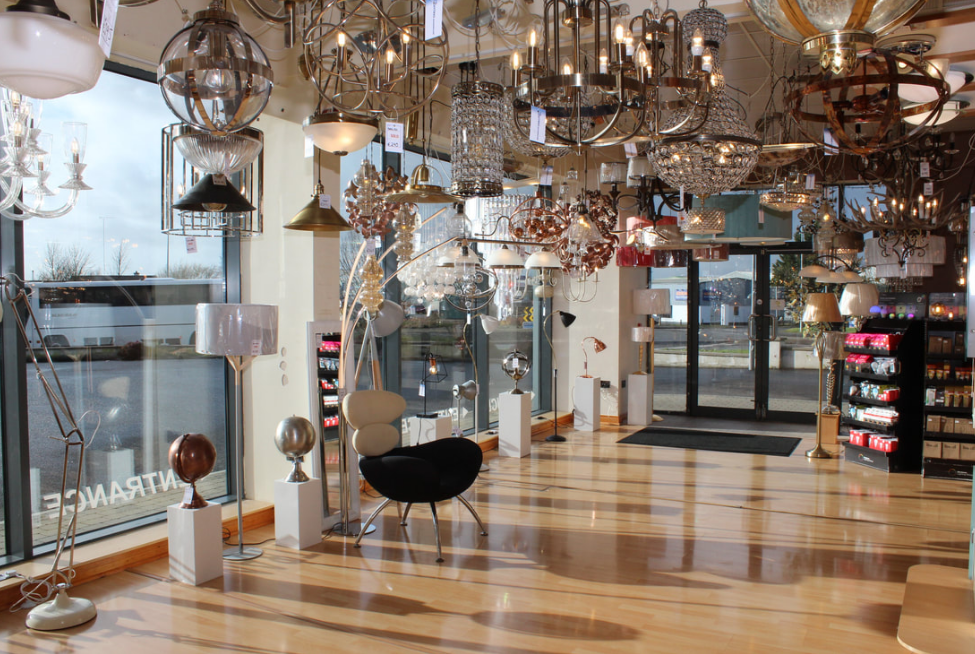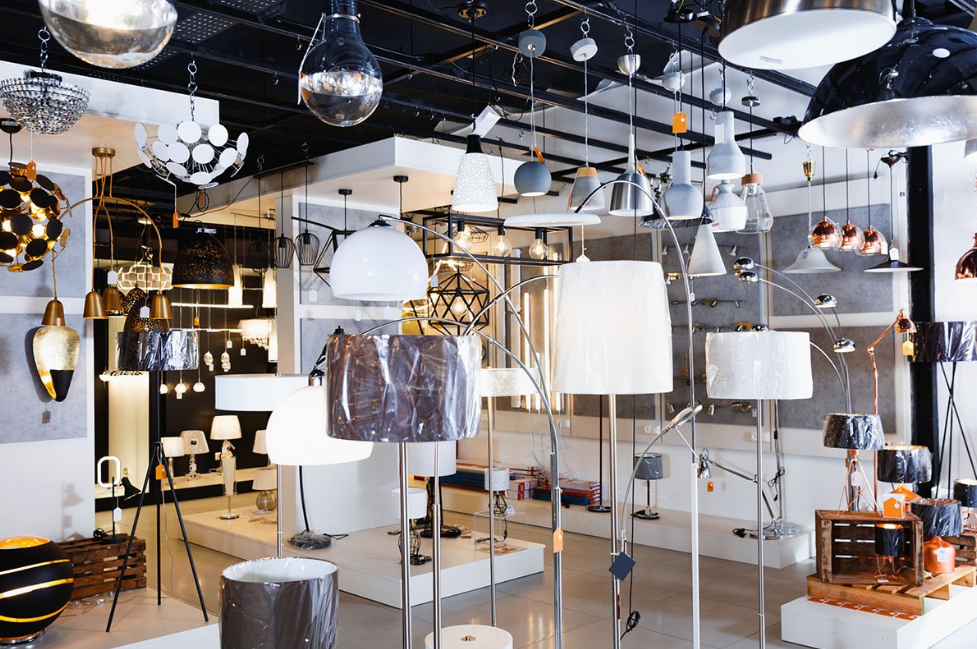Through a range of products, techniques, arrays, and combinations, lighting shops specialize in helping homeowners leverage creativity. In the world of interior design, negative space is one such tool that often goes unnoticed. But when it comes to lighting, negative space can be harnessed to create visually stunning and functional spaces.
The Importance of Negative Space in Lighting Design
Achieving Balance
By carefully considering the placement and intensity of light, designers can create a harmonious atmosphere that complements the overall aesthetics.
Enhancing Spatial Perception
Proper lighting techniques can make even small rooms appear larger and more open. By strategically illuminating the right areas and leaving other spaces in shadows, the perception of depth and dimension is enhanced.
Fostering Ambiance
The strategic use of negative space in lighting can set the mood and create a comfortable, inviting atmosphere. By carefully balancing light and shadow, lighting shops help create spaces that are warm and welcoming.
Specialist Products for Negative Space Lighting
Recessed Lighting
These discreet fixtures are installed into the ceiling, casting a soft, diffused glow. This adds a touch of elegance without obstructing the visual flow of the room.
Wall Sconces
Another option for adding depth and dimension to a space is through the use of wall sconces. These fixtures can be strategically placed to highlight architectural features or artworks, drawing attention without overwhelming the negative space.
Track Lighting
For a versatile approach, lighting shops often recommend track lighting. With adjustable fixtures that can be directed towards specific areas, track lighting allows homeowners to accentuate focal points.
LED Strip Lights
LED strips or pendant lights in Melbourne offer a fantastic solution for creating indirect lighting effects that enhance negative space. They produce a soft, gentle glow, adding a touch of sophistication under cabinets, along walls, or even in ceiling coves.
Techniques for Harnessing Negative Space in Lighting
Focal Points And Layering
Layering involves combining different types of lighting, such as ambient, task, and accent lighting. This creates a dynamic interplay between light and negative space. Alternatively, directing attention to a beautiful piece of artwork or architectural detail guides the viewer’s gaze also works.
Indirect Lighting
Indirect lighting techniques, such as using wall washers or diffusers, can further enhance negative space. By bouncing light off surfaces or diffusing it through materials, a soft, gentle glow adds warmth and elegance.
Conclusion
Putting negative space to use in lighting design is a skill that lighting shops excel at. By leveraging specialist products and creative techniques, homeowners can transform their spaces into visually appealing and functional environments. Seek expert guidance from reputable lighting shops.

